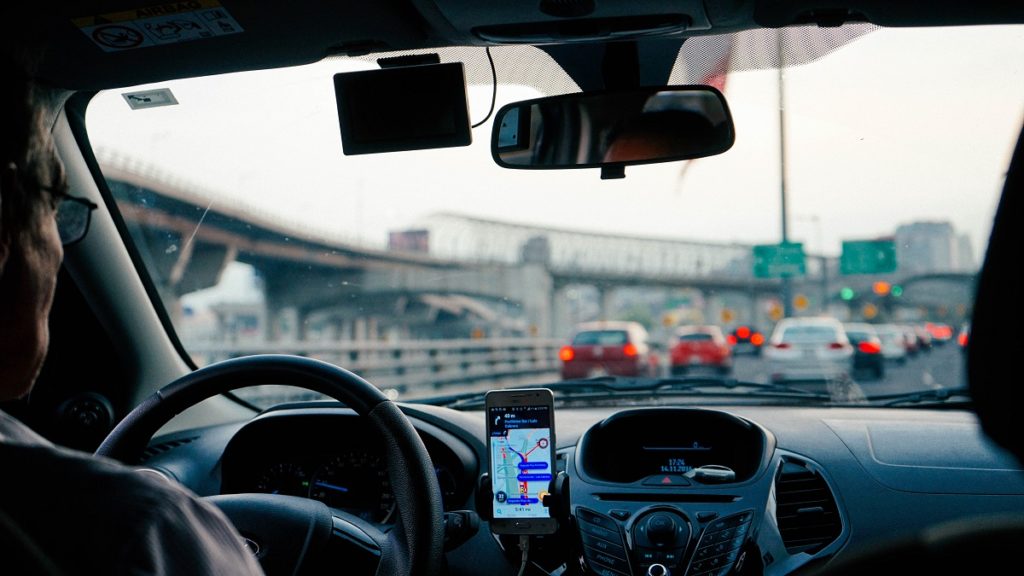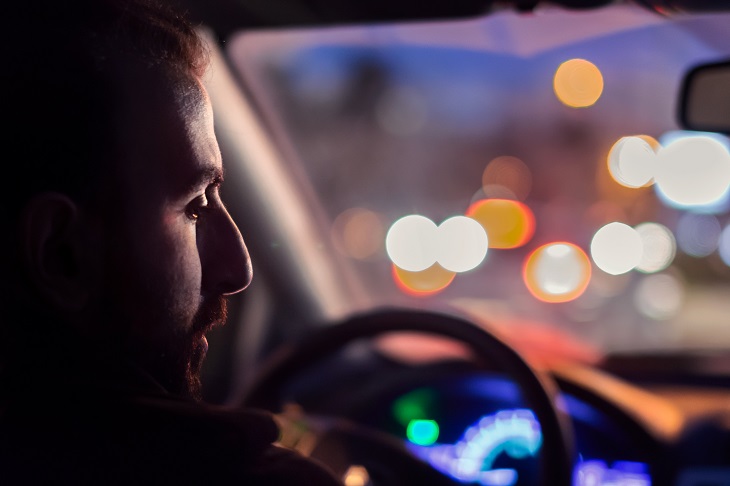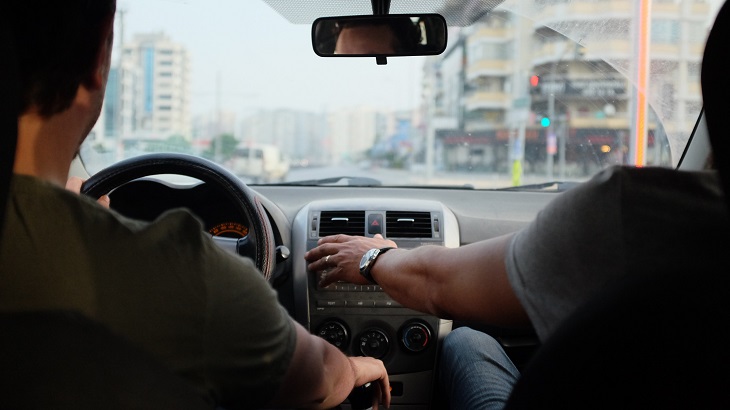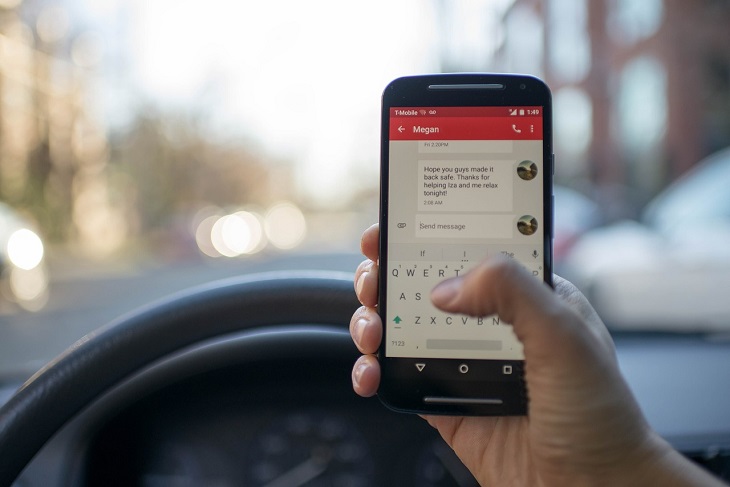How can you stay safe on the road? To drive safely, it helps to develop good driving habits each time you get behind the wheel. Unfortunately, it’s all too easy to get into bad habits while driving – but this can put the safety of yourself, your passengers, and other drivers at risk.
So what are good driving habits, exactly? Simply, these are actions, thoughts, or procedures that you follow each time you drive a car, with the aim of making your driving safe. It’s generally thought that new habits take about a month to form, so if you make an effort to practice good driving habits each day, they’ll soon become second nature.
Read on for six good driving habits that every driver should develop – plus a few that you should always avoid.
1. Focus on the Road
Wondering “How can I make my driving better?” Well, our most important driving tip is to always stay highly focused on the road. Distracted driving is the number one cause of car accidents, due to drivers paying attention to something else other than the road and what’s happening on it.
Always remain focused when behind the wheel. This means never texting or making calls while driving, listening to the radio at an appropriate volume, and keeping an eye on your mirrors and rear window, so you have a full picture of your surroundings.
If passengers, children, or pets are fussing or making noise in the car, pull over and handle the situation – but never try to calm your children or animals while still driving.
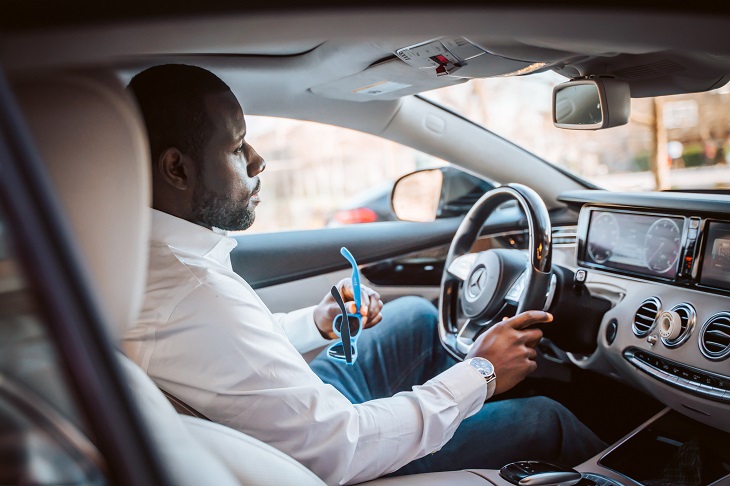
2. Check Your Mirrors
Your rearview and side mirrors are there to help you drive safely, so use them to your advantage. Whenever you get into the car, check your mirrors to see if their positioning is correct; they can easily get bumped, and you don’t want to have to adjust them while driving.
When you’re driving, especially when switching lanes, always check your mirrors first to make sure it’s safe. Keep in mind that all cars have a blind spot (an area you can’t see in your mirrors), so turn your head as well to make sure it’s absolutely safe before turning or merging.
3. Look After Your Car
Your car is a complex and expensive machine, so make sure it’s always running its best with regular serving and oil changes.
You might want to learn some driving basics to make things easier in an emergency. So what basic skills should all drivers have? To start, it can be helpful to know how to change a tire, how to set up flares, and how to call for help in an emergency. Otherwise, always make sure you have a roadside assistance membership so you can call for help at any time.
4. Take Frequent Breaks
Heading out on a long road trip? If so, remember to take frequent breaks. Driving when tired can lead to accidents, so stay fresh by stopping for a stretch and some fresh air every two hours or so.
Breaks can be a good opportunity to look at your map, work out where you’re going, and think about the parking situation at your destination. If you qualify for a disabled parking permit, make sure you always have it with you so it’s easy to access parking.
5. Use Your Turn Signals
It seems obvious, but many drivers neglect to use their turn signals. If you don’t use your signals before turning left or right or changing lanes, other drivers on the road don’t know what you’re planning.
This can be incredibly dangerous, so always get into the habit of indicating well before you plan to turn.
6. Slow Down
Speed can be a killer on the roads. Even if you’re running late, always drive the speed limit. If the roads are wet or visibility is poor, it’s a good idea to slow down even more.
Going the speed limit means you’ll not only avoid getting a ticket, but you’ll arrive safely at your destination.

Bad Habits to Avoid
Now that you know how to drive safely, what are some bad driving habits to avoid? Firstly, to stay safe, never text or browse on your phone while driving – it can quickly cause a crash.
You’ll also want to avoid driving while angry. If you’re already feeling mad or upset, you’re not likely to concentrate on your driving, and you might even experience aggression known as road rage. Road rage can make it easy to do something you’ll regret, such as acting negatively towards another driver or making reckless choices behind the wheel.
When driving, always avoid using alcohol, drugs, or prescription medication that you know will make you tired or groggy. If you’re in a position where you’re no longer able to drive, call a cab or rideshare service, ask a friend for a ride, or wait a few hours until it’s safe to drive.
Are you ready to improve your driving? If so, make an effort to develop good driving habits, starting with the tips outlined above. They can help you become a more confident and responsible driver, keeping you and your passengers safe, happy, and secure while on the road.
Featured image by Jan Baborak on Unsplash

